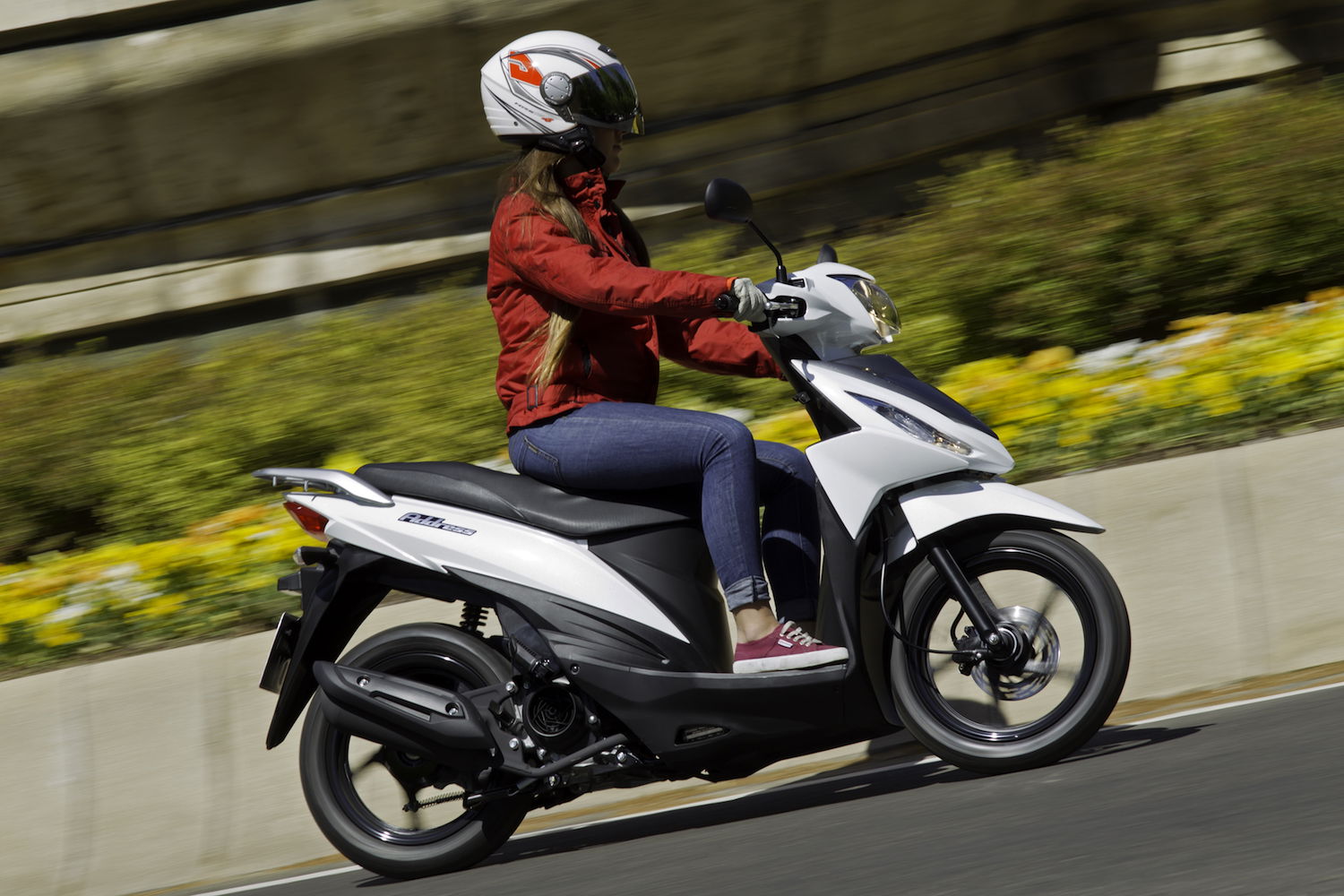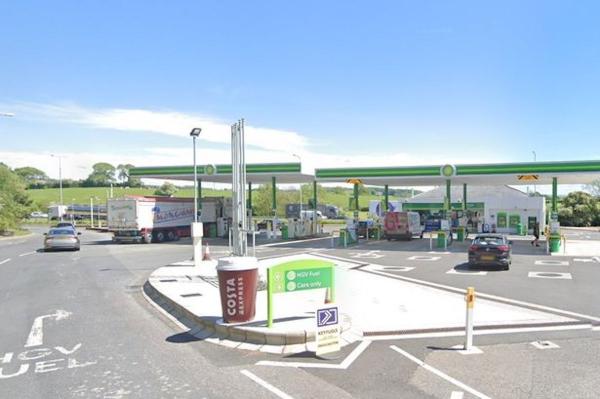Low-speed self-balancing technology being developed by Ukrainian comp
A new self-balancing system designed to work only at low speeds is being developed by an Ukrainian firm for commuter or delivery bikes.

An Ukrainian company is developing a new technology that can help to keep motorcycles upright at low speeds.
A low speed tip-over is no doubt one of the ways to dismount your motorcycle that leads to a favourable embarrassment:danger ratio. Certainly, you would rather that than road rash gained at 50mph, but that does not mean that they are harmless and nor does it mean that preventing them should not be of interest.

Clearly, Intellias - a company based out of Ukraine - has similar ideas, and it has developed a technology aimed at preventing these low-speed tip-overs.
The Intellias system - which is so far unnamed - only works below 20kph (13mph) and is mostly aimed at commuter-style bikes and travel. On its website, Intellias makes reference to delivery drivers and ‘stop-and-go’ commuting.
Inexperienced riders are also part of the target audience for Intellias’ system, which seems, essentially, to be a third-party self-balancing system for motorcycles which do not come with them as standard (we know Honda, among others, are developing their own systems).

Oleksandr Odukha, Intellias’ Vice President of Automotive Delivery, said of the system: “The share of software is steadily increasing, not only in cars but also in motorbikes. For manufacturers and suppliers, the main focus is on reliability, hardware independence of solutions, and added value for customers.
“Intellias offers software development expertise specifically for the new mobility. Here we have many years of experience and rely on robust software development processes. Self-stabilizing two-wheelers can contribute to making inner-city traffic safer and better by protecting vulnerable road users, such as scooter riders.”
British Motorcyclists Federation Chair, Jim Freeman, is sceptical from a cost perspective. “Would riders be able to use it whilst doing their CBT,” Freeman wonders. “I’d be surprised if a fast food delivery rider would be able to afford the tech. The application to large, expensive, bikes seems much more likely.”
_0.jpg?width=1600)
